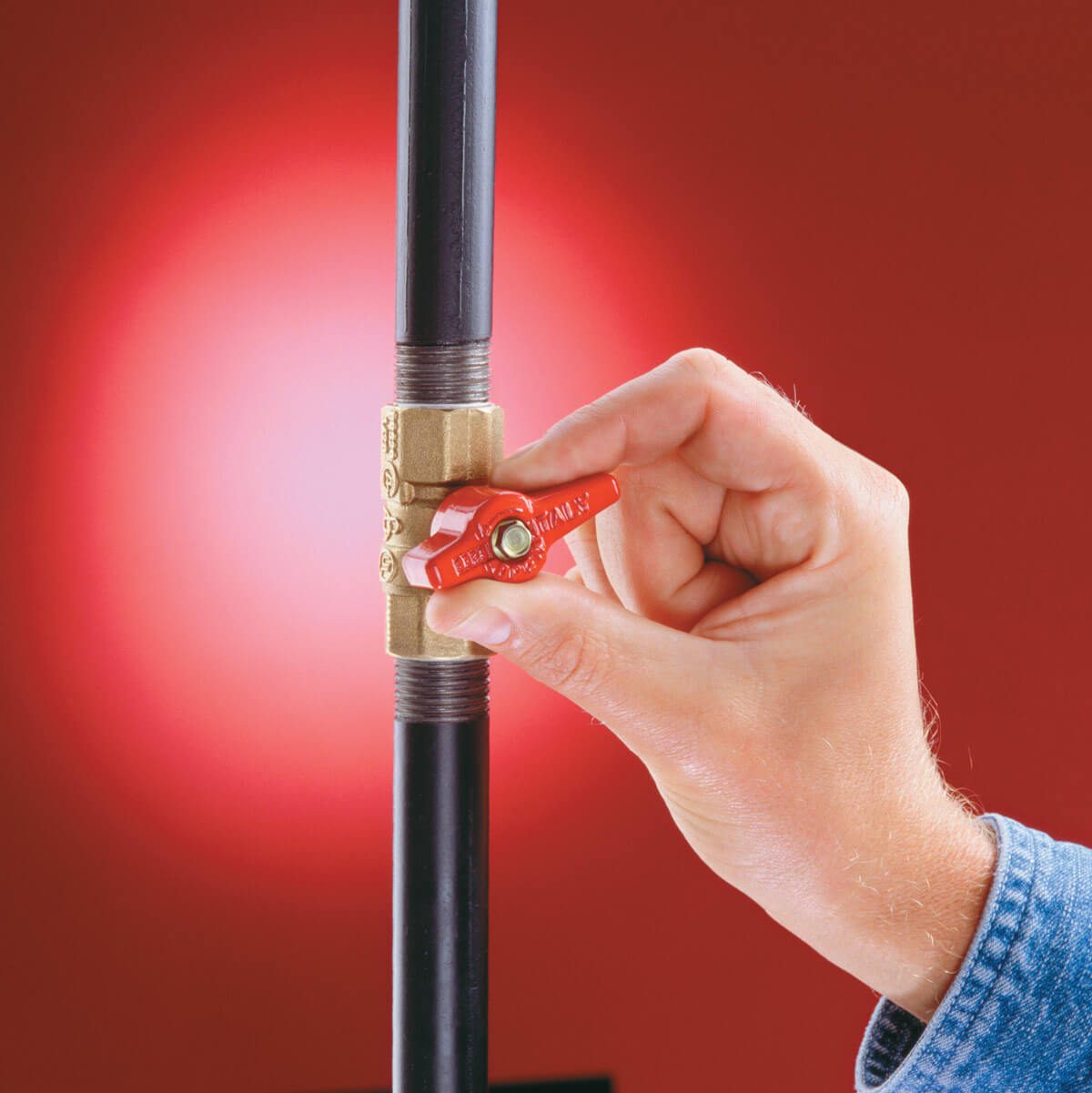They are making a few good annotation about Water Damage Restoration Do’s And Don’t in general in this article on the next paragraphs.

What should you do if a water pipeline bursts in your residence? The longer you wait, the extra serious the damage that can take place to your building. For these reasons, you need to find out exactly how to act in the event of a ruptured water pipeline.
Shut Off the Key Waterline Shutoff
Look for the local shut-off shutoff to turn off the water in one details area just. If you do not know where the local shut-off valve is, go for the primary water line valve as well as turn it off. Normally, the main shutoff is located outside the house next to the water meter.
Call Water Damages Remediation Pros for Help
After shutting the water resource, call the professionals for assistance. With their expert assistance, you can prevent a lot larger water damages including distorted baseboards, loosened tiles, or damaged frameworks.
File the Damages For Insurance coverage
While you're awaiting the pros to show up, obtain some documentation of the damage brought on by the errant pipeline. Take pictures as well as video clips of whatever. Do close-up shots of the harmed spots as well as prized possessions. Your paperwork will certainly function as proof for your homeowner's insurance policy. Maintaining aggressive with this situation assists you to sue for coverage, which will better support you as well as your family members to come back on your feet.
Salvage Points That Can Be Saved
When you're done taking images, examine the damaged things and get one of the most important ones from the stack. Dry them off in a dry/warm place away from the broken location and try to protect them as high as you can. Drag as much moisture as you can to the material so it can start to dry out.
Start the Drying Process
You require to begin the drying process immediately. The good news is, the water from your waterlines is already clean so you don't have to fret about sewage system water. However, the flowing water may have disrupted the dirt and also particles in your carpets and floorboards. In this case, put some gloves on as well as begin some troubleshooting. Usage pails to unload out the water. Blot out as much water as you can from the surface areas with old towels. Activate an electric follower or open your windows to promote air circulation. These steps will quicken to dry and hinder mold and mildew and also mold development.
Professionals are the only people qualified to assess correctly and fix the burs pipes and subsequent damage. As always, pipelines do not simply instantly break out of heaven. They normally provide silent red flags like bubbling paint, water stains. Weird noises in the plumbing, caving ceiling, stuffy smell, or peeling off wallpaper. Bear in mind of these indicators and also do some safety nets so you can nip any type of problems in the bud.
What should you do if a water pipeline bursts in your home? For these reasons, you need to learn how to act in the occasion of a ruptured water pipeline. After shutting the water source, call the professionals for help. With their professional assistance, you can stop much larger water damage consisting of deformed walls, loosened floor tiles, or harmed frameworks. The good news is, the water from your waterlines is already clean so you don't have to worry about sewer water.
BROKEN WATER PIPES: COST TO REPLACE & WAYS TO FIX A PIPE
CAUSES OF A BROKEN WATER PIPE
A water pipe can break for several reasons depending on the environment you live in, type of pipe, and circumstances.
The most common cause of broken pipes is freezing. If you live in a colder climate, this could happen. When water freezes it increases in volume by 9% and the pressure in the pipes can go from 40 psi to 40,000 psi. Clearly, this could be detrimental to the pipes. Water freezing causes quick expansion, which puts stress on the pipes and could lead them to crack or weaken. When water thaws, it will leak out the cracks. Other changes in water pressure can also cause breakage. Another common cause of broken water pipes is age.
Depending on the material, water pipes can last anywhere from 70-100 years. But the older they get, the more susceptible they are to weakening and corroding. Older pipes coming into contact with another material could speed up the corrosion process as well. PVC pipes can become brittle with age, while copper is prone to corrosion and stress over time. Something that could also potentially break water pipes is when they move. They may move from construction or the house settling. Moving can stress the fixed pipe which may lead to a leak or burst pipe.
HOW MUCH WATER COULD LEAK INTO YOUR HOUSE FROM A BROKEN PIPE?
The amount of water that leaks depend on how big the break in a pipe is. If it is just a minor crack, water will slowly leak out. This isn’t as serious as a full broken pipe, but it can still cause significant damage to your home. Burst pipes can leak up to 10 gallons of water per minute. The amount of water leaked also depends on what appliance is involved. The water line to your refrigerator can leak ½ to 1 gallon per minute depending on water pressure. One toilet supply line may leak 2-3 gallons a minute and a washing machine hose will leak up to 10-12 gallons per minute.
TURN THE WATER OFF
Doing this first is imperative; everything else can wait. You need to deactivate the water supply to stop the flow of water and prevent more water from leaking into your home. Shutting off the water could potentially save you thousands in water damage repairs. Locating the water shutoff valve depends on the climate you live in. For colder climates, the valves are usually inside, such as in the basement. For houses in milder weather, the shutoff valves will probably be outside—either attached to an exterior wall or in an underground box with a removable lid.
OPEN A FAUCET
The next thing to do is to open a faucet or turn on a sink. This will relieve any remaining water pressure in the pipes and ensure a full-shut down.
GET RID OF THE WATER
The quicker you get rid of the water, the less water damage and mold there could be. Use a mop and a shop vacuum to help get clean up the water. Use towels to dry everything the best you can.
CUT AND REMOVE THE DAMAGED PIPE
Once you have shut off the water and drained the damaged water pipe, you can begin to fix the issue. Cut out the damaged section of the pipe with a pipe cutter, ensuring that you also cut one inch extra on each side of the damage. Once you get rid of the broken part of the pipe, you may begin repairs.
https://www.wmhendersoninc.com/blog/broken-water-pipes-cost-to-replace-ways-to-fix-a-pipe/

Do you like more info about The Do’s And Don’ts After Water Damage? Put a remark further down. We'd be delighted to hear your opinion about this post. We are looking forward to see you back again in the near future. For those who enjoyed reading our article if you please be sure to pass it around. Many thanks for your time. Please check up our website back soon.
 Scott Baio Then & Now!
Scott Baio Then & Now! Jenna Jameson Then & Now!
Jenna Jameson Then & Now! Loni Anderson Then & Now!
Loni Anderson Then & Now! Susan Dey Then & Now!
Susan Dey Then & Now! Christy Canyon Then & Now!
Christy Canyon Then & Now!